 |
 |
|
|
Wednesday, April 9, 2025
|
||
|
Vol. 11 No. 38 Monday April 23, 2012 |
|
|
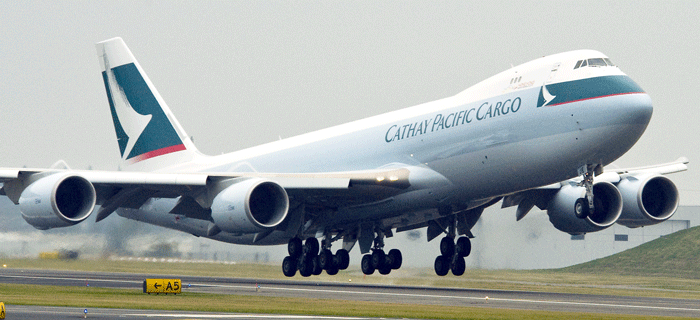 |
With these planned upgrades and addition
to services, CX is looking at higher frequencies throughout its
network.
“We will connect these new hi-tech
clusters to our Hong Kong hub and therefore our global network.
Our goal over time is to upgrade these services to six times per
week or daily so that we can provide a seamless connection to our
global network.
“Cathay Pacific’s aim
is to provide an equally good service from CKG and CTU as we provide
from PVG.
“CX services the major cities
in the world with both multiple daily pax bellies as well as daily
freighters. CX will look to connect CKG and CTU daily into this
network.
“The aim is to provide a consistent,
completely reliable connection from Western China to the world,”
said Mr. Rhodes.
With production centers migrating
inland, there are bound to be some modal shifts within CX to compensate
for the change, but Nick Rhodes assures us all with be handled in
much the same way as before.
“Overall I think high value
goods will continue to move air freight and land and sea logistics
will be used for the balance—at the margins there may be a
small amount of conversion to air freight of delayed orders etc.
“I believe that the highly efficient
Hong Kong hub is the perfect location to hub goods both from the
3Cs and the growing number of other hi-tech production clusters.
“Imports into Asia are increasing
and the former structural imbalance on the key long haul routes
to Europe and Transpacific are correcting.
“Volumes and rates from Europe
and America to Asia are increasing and will continue to do so as
trade becomes more balanced. The appreciation of the Chinese Yuan
is certainly helping this process,” concluded Mr. Rhodes.
SkyKing
Forgetting their tiff, both IATA
and FIATA representatives sat together at the recent KL World Cargo
Symposium to display to the 1,000-odd delegates that it was time
to move on and meet the challenging times head on.
|
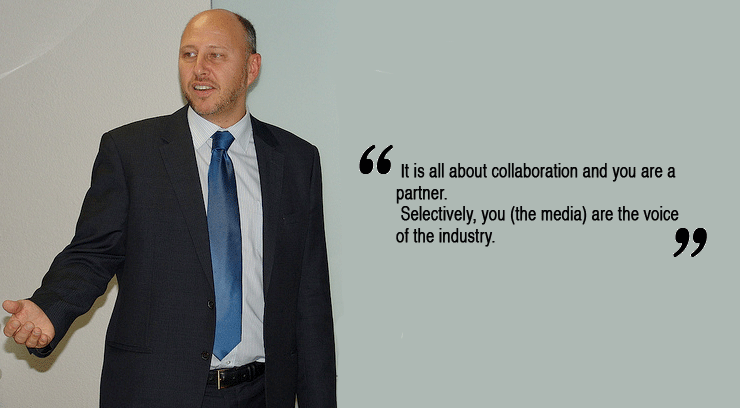 |
One important point that Hughes underlined
was that this year the World Cargo Symposium had dropped the ‘IATA’
tag. It is not that the organizers wanted to name the symposium
the GACAG Symposium, but simply put across the view that “supply
chain success will be achieved by the industry, for the industry.”
Was it then hard to reach a consensus
between the different bodies?
“No, no and unfortunately, no!”
said Hughes. Actually, when somebody said that the symposium would
get these constituency groups in one room, there was indeed surprise—what
with the issues IATA had with FIATA. But as soon as the groups came
in for the first meeting, “everybody came in with exactly
the same approach: We have to make this work. It is not about individual
components in the supply chain. Each individual component in the
supply chain cannot exist without the other components in the chain.
When everyone walked into the room, everyone had the same view,”
Hughes mentioned. Nobody had to be convinced, he said.
The same sentiment was seen when the
GACAG team met with Commissioner Alan Bersin in Washington late
last year. And when he met the team, he and his 25-member team were
“speechless.” For the U.S. politician that Commissioner
Bersin is, it was a totally changed scenario. Instead of meeting
with ten IATA people to explain the airline position, or forwarders
or shippers keen to explain their viewpoints, he got a single view.
“When regulators hear a fragmented
grouping, in a way that is music to their ears for they know they
can do what they want,” but what Commissioner Bersin got was
a unified view. Each component of the supply chain could specify
exactly what the problem was and the “reception the GACAG
team got was overwhelming,” said Hughes. In turn, Commissioner
Bersin told his team that before any proposals were made to the
WCO, GACAG would have to be contacted for its views.
“That, for us, we did not need
any more confirmation (that we were doing the right thing).”
Discussing the IATA-FIATA relations,
Hughes said that there had been ups and downs with mutual respect
and understanding about each other’s positions.
“A couple of years ago, the
lowest point in the relationship occurred. Since that point, we
have continued to rebuild. We had Tony Tyler speak extremely positively
about the dialogue that he had with FIATA. He has had three meetings
with the President of FIATA (something which the last Director-General
had not done—ever). Tony Tyler made a commitment to them and
whenever he is in Brussels, he makes it a point to meet the FIATA
President.”
The areas of common interest between
the two organizations have been identified and both are working
towards these. “We both have an interest in modernizing the
cargo agency program...when the agency program was established,
the industry was a different one where the freight forwarder was
very much an agent of the airline and the relationship was one where
‘I am the carrier and these are the terms and conditions of
the goods to be moved.’ That has changed. The airlines realize
that their relationship with the freight forwarder is much more
as business partners and therefore the program that we have in place
from the IATA perspective needs to be modernized. It will have to
recognize that a new relationship exists,” said Hughes.
There is also commonality on the airway
bill, which is the very first layer of the wider e-freight objective.
It will be a program that will bring benefits to the forwarder and
the airline. “We did work with FIATA to establish agreements
and we continue to work with them, which will bring more efficiency
in the process.”
Will all this bring in a new world
order in air cargo? Only time will tell. However, one thing is certain:
we will get to hear more about GACAG and its working—never
mind the fact that 83 percent of the 300-odd delegates attending
one of the interactive sessions, “Taking charge of change,”
which over the last year monitored the progress on the agreed priorities
by IATA and the Global Air Cargo Advisory Group (GACAG) did
not know about GACAG.
Tirthankar Ghosh
Get
On Board Air Cargo News FlyingTypers |
|
Geoffrey,
|
If
You Missed Any Of The Previous 3 Issues Of FlyingTypers |
|||||
|
|||||
FT041312 |
FT041912 |
||||
|---|---|---|---|---|---|

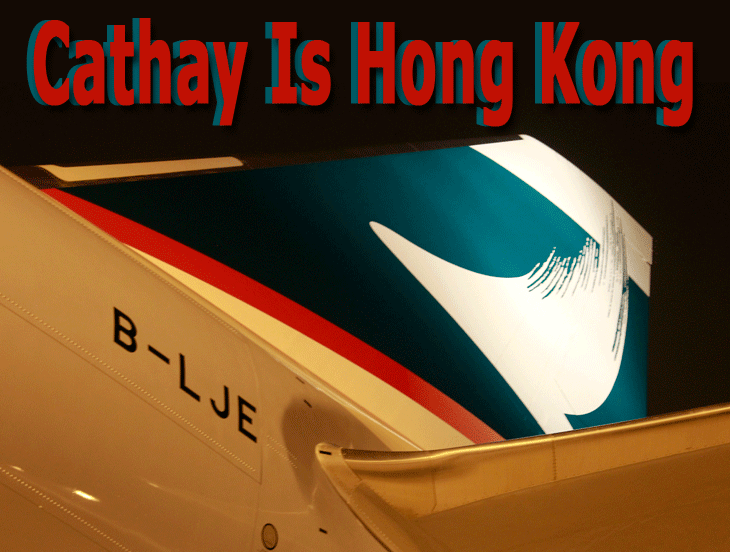
 We
caught up with Nick Rhodes, Director for Cargo at Cathay Pacific
Airways, prior to this year’s IATA Symposium. He believes
that CX and Hong Kong International Airport, the carrier’s
hub, will remain an intrinsic part of China’s export apparatus
even as production migrates inland. Cathay also plans to bolster
capacity on lanes into China’s interior to meet rising demand.
We
caught up with Nick Rhodes, Director for Cargo at Cathay Pacific
Airways, prior to this year’s IATA Symposium. He believes
that CX and Hong Kong International Airport, the carrier’s
hub, will remain an intrinsic part of China’s export apparatus
even as production migrates inland. Cathay also plans to bolster
capacity on lanes into China’s interior to meet rising demand.
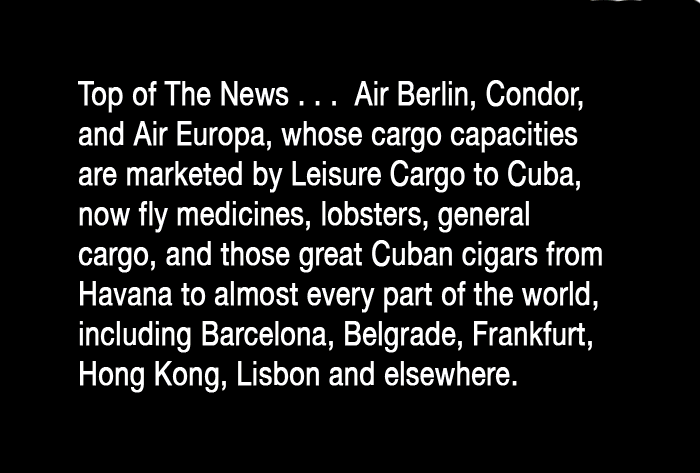

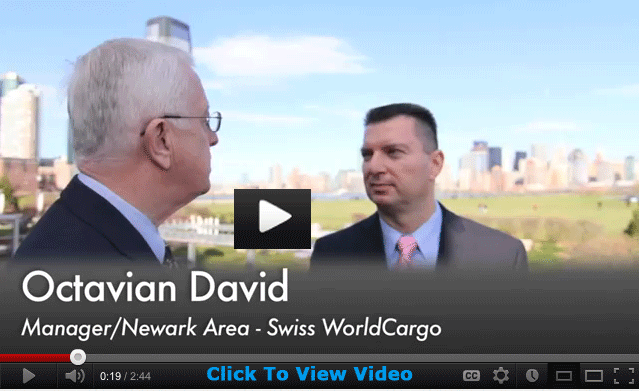
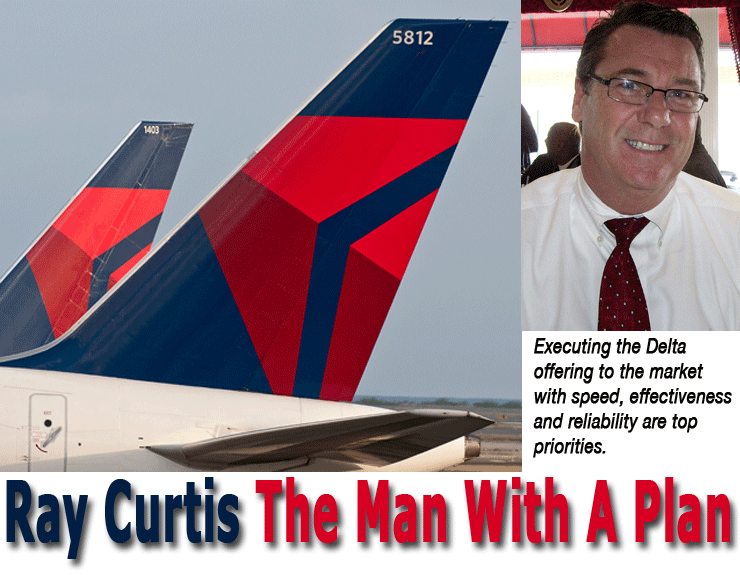 A
chef’s success depends on a great recipe, the right ingredients,
and exacting execution. A lot of experience doesn’t hurt either.
It matters that everyone should follow the recipe, and in this case
the recipe at Delta is simply called the ‘flight plan’.
It starts with the corporate version at the top, which, for 2012,
has an entry for cargo as a sign of particular recognition. The
next level is the Delta Cargo flight plan and its categories: customer
service, operations, people, network, and finance, each with clear
objectives that directly relate to and support the overall airline
goals.
A
chef’s success depends on a great recipe, the right ingredients,
and exacting execution. A lot of experience doesn’t hurt either.
It matters that everyone should follow the recipe, and in this case
the recipe at Delta is simply called the ‘flight plan’.
It starts with the corporate version at the top, which, for 2012,
has an entry for cargo as a sign of particular recognition. The
next level is the Delta Cargo flight plan and its categories: customer
service, operations, people, network, and finance, each with clear
objectives that directly relate to and support the overall airline
goals. RE:
RE:


